How to maintain high performance of an electric storage battery in winter?
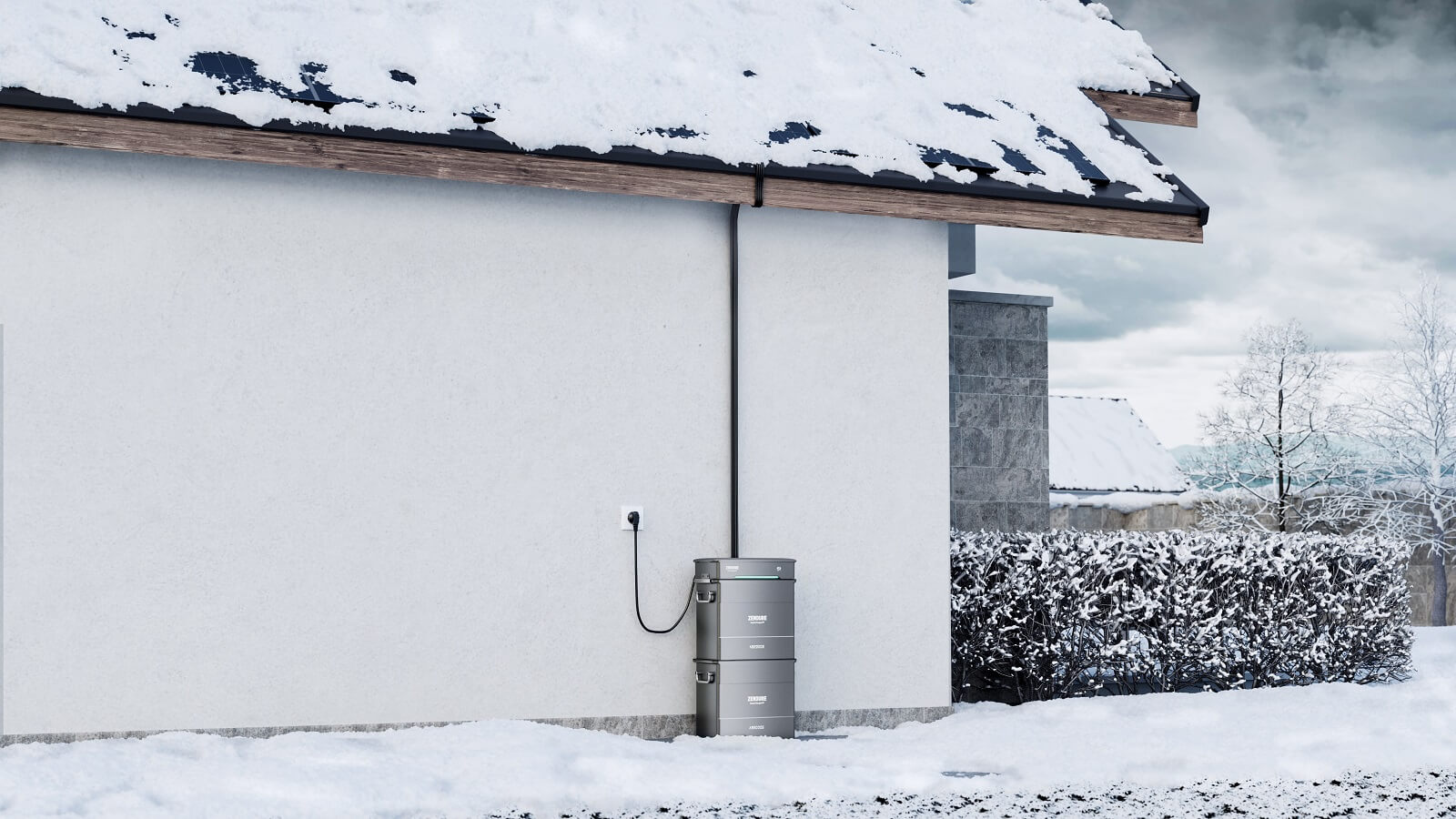
"Even if I currently have a sunny day, I still only achieve a maximum output of 8 kWh, which fills the electricity storage units to 60% capacity. The days aren't getting any longer until mid-December 😭... Is it a good idea to switch off the battery, as it's almost always operating at the lower limit – which is definitely not a good thing🤔."
-Question from photovoltaikforum.com
Winter is the season when electrical storage systems are most at risk. Low temperatures can prevent batteries from functioning properly and, in the worst cases, pose a safety hazard. Every year at this time, many people want to know how to take advantage of the energy benefits of storage systems in winter. This article will answer that question.
Do you know what will happen to your electricity storage in winter?
In winter, solar storage batteries often face the following three major challenges due to weather and environmental changes. These challenges not only affect the operational efficiency of the storage system, but also have a direct impact on the lifespan of the devices and your user experience.
Too little sunlight leads to insufficient electricity storage
In winter, daylight hours are reduced and, at the same time, snow covers the solar panels, resulting in a substantial reduction in electricity production. Statistics show that an 800 W plug-in solar kit can provide approximately 30% of peak summer production in winter, equivalent to 0.5–1.5 kWh per day. This is far from sufficient to cover a household's daily electricity needs, and the amount of electricity fed into the energy storage system also decreases significantly. For energy storage systems without an AC charging function, this means that they are almost completely shut down in winter and cannot fully utilise their electricity cost reduction function.
Low temperatures cause a drop in battery performance
Generally speaking, it is well known that battery efficiency decreases significantly in cold environments. Studies show that the electrochemical reactions of lithium batteries slow down at low temperatures, resulting in a considerable reduction in the battery's charge and discharge capacity. For example, at temperatures below 0℃, a battery's usable capacity can drop to about half of its capacity at room temperature. In the case of battery systems for storing solar energy, this means that the battery's storage capacity is significantly reduced during cold winters, even when there is sufficient sunlight. However, if the storage system has self-heating technology for the batteries, the electrical energy stored in the battery can be used to heat itself. This raises the battery temperature above 0℃ and ensures normal charging and discharging capacity.

A deep discharge of the battery reduces its service life
The combination of insufficient sunlight and reduced battery power makes the battery more vulnerable to excessive discharge. This can cause permanent damage to the battery's chemical components and reduce its storage capacity. Frequent over-discharging can accelerate battery ageing process and reduce its overall service life.
Tip: Over-discharge refers to the condition in which the battery's energy is depleted to a dangerously low level. This usually occurs when energy storage is insufficient or when the battery is continuously used under high load, particularly in conditions of insufficient photovoltaic energy production in winter.
The best storage for plug-in batteries in winter - Zendure SolarFlow Hyper
As we mentioned earlier, energy storage units in solar kits face significant challenges in winter. Some battery systems for storing solar energy may not be able to charge or discharge after winter. It is therefore particularly important to choose an excellent energy storage system that can withstand the challenges of cold weather. The Zendure SolarFlow Hyper is the perfect solution for your needs. Its exceptional features allow it to maintain a very high level of performance even in winter and save on electricity costs. Let's take a closer look at its features and how it works.
1200 W bidirectional AC charging
What makes the Zendure SolarFlow Hyper stand out from other energy storage brands is its bidirectional AC charging and discharging function. Not only can it store electricity generated by the plug-in solar kit, but it can also store electricity from the grid and use it for household appliances. In low sunlight conditions (e.g., in winter), electricity from the grid can be used to recharge the battery and prevent it from failing. If you use dynamic electricity pricing, you can enjoy other energy benefits - by purchasing electricity from the grid during low-cost hours and using stored energy when prices rise, you can significantly reduce energy costs while ensuring a reliable electricity supply.
Automatic low-temperature self-heating function
Thanks to Zendure's built-in self-heating technology, our battery (AB2000/AB2000S) can use solar energy, even in extremely cold temperatures (down to -36°F), to heat the battery and ensure it works in winter. This allows the battery to charge and discharge normally, even at low temperatures, preventing performance loss and reduced lifespan due to prolonged inactivity.
Smart anti-discharge technology
The Hyper 2000 is equipped with Zendure's intelligent anti-discharge technology. In the event of insufficient sunlight over an extended period, the Hyper 2000 automatically draws electricity from the grid to prevent total discharge when the battery level is low and maintain performance in winter. This smart technology also reduces the need for thermal boxes in winter, providing a more convenient solution.
How it works:When the storage system is discharged to 5% battery capacity and it has been determined that no energy has been stored in the battery by the photovoltaic installation for several days due to insufficient sunlight, Hyper automatically switches to AC input mode. It draws power from the grid, first heats the battery to above zero degrees, and then begins recharging it until it reaches the capacity you have set. This process is entirely intelligent, so even people with no knowledge of electricity don't have to worry about damaging the storage system in winter.
Here are some other features of the Zendure SolarFlow Hyper that may be of interest to you:
- ● Plug-in, no installation required
- ● Smart thermal runaway prevention technology
- ● Zenlink Multi-Sets local communication technology
- ● With 1800W MPPT, Hyper provides higher solar energy production
- ● Minimise grid feed-in
Tips for protecting your energy storage system in winter
To protect battery energy storage systems in winter, it is essential to prevent damage caused by low temperatures in order to ensure the performance and service life of storage devices. Here are some practical protective measures and recommendations:
- ● Protection against cold weather: If the storage system is located outdoors or on a balcony, insulating material or a protective cover should be used to protect the battery from cold weather.
- ● Avoid excessive discharge: At low temperatures, the battery's discharge capacity decreases. The battery's depth of discharge should be kept within the safe range, as excessive discharge in cold weather can cause permanent damage.
- ● Charge properly: Avoid charging at extremely low temperatures, if possible, especially for lithium batteries, as low temperatures can cause the electrolyte inside to break down and affect battery life. In severe cases, this could even lead to an explosion.
- ● Store sufficient energy: Ensure that the battery accumulator is sufficiently charged before extremely cold weather to avoid frequent deep discharges in cold weather.
- ● Monitor charging and discharging efficiency: Low winter temperatures can adversely affect the efficiency of the charging and discharging process. Use a monitoring system to track battery operating conditions and adjust in a timely manner.
- ● Choose cold-resistant batteries: Use cold-resistant batteries, such as lithium iron phosphate (LiFePO4) batteries, which offer better performance at low temperatures and are ideal for winter use.
- ● Use a smart energy management system: Install a smart energy management system that automatically adjusts charging and discharging strategies based on temperature and reduces charging in extremely cold conditions to extend battery lifespan.
These measures enable batteries to operate efficiently and safely when temperatures are low in winter.
Conclusion
In summary, some minor inconveniences may arise in winter when using energy storage systems. But if you use an excellent storage system, such as Zendure's SolarFlow Hyper, with its powerful bidirectional charging and self-heating function, you can face the cold without fear. You can even enjoy green energy and reliable electricity in winter. Now is the perfect time to upgrade your energy storage!
FAQs on using storage systems in winter
1. Is the plug-in solar kit still useful in winter?
The plug and play solar kit is still effective in winter. Although the amount of sunlight decreases, solar panels can still generate electricity under the sun, especially on clear winter days, when the plug-in solar kit can still produce a considerable amount of electricity.
2. Should the battery unit for storing solar energy be shut down in winter?
It is not recommended to turn off the electric storage unit. Proper management and protection allow the battery to operate stably, even at low temperatures. The energy storage system can continue to supply electricity to the home.
3. How should I protect my electric storage unit in winter?
During winter, the battery temperature should be maintained within a reasonable range. Excessive discharging and charging at low temperatures should be avoided. An intelligent management system should be used to adapt the charging and discharging strategy and ensure that the battery operates efficiently in a cold environment.
4. I already have SolarFlow, but I don't want to buy a Hyper. Are there any other solutions?
Of course, there are other solutions. We propose two:
- ● Use Zendure Ace 1500, connect it to the SolarFlow system. If the battery capacity is very low, Ace will draw electricity from the grid to recharge the battery.
- ● Connect the hub to the household socket via an AC charger on a solar socket, to charge the battery with electricity from the grid.














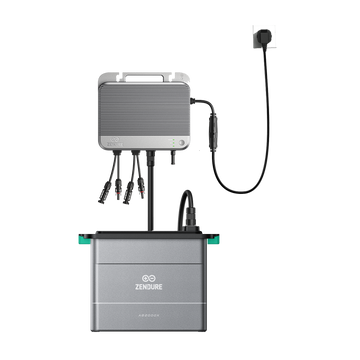
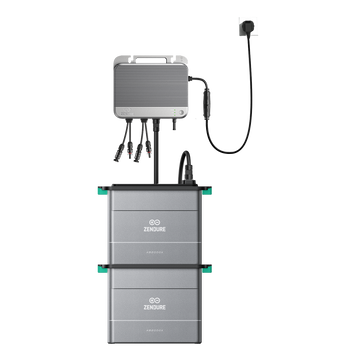
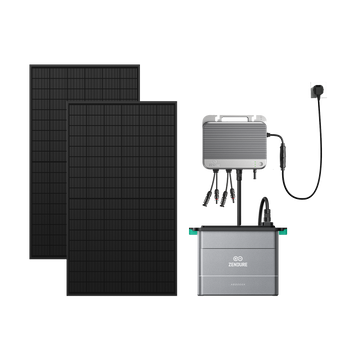
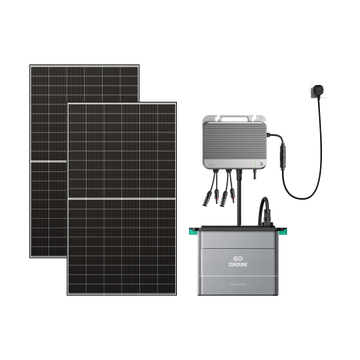
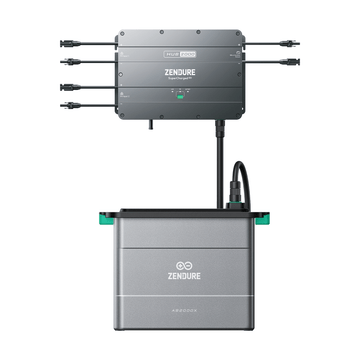
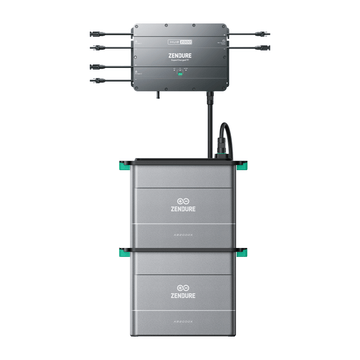
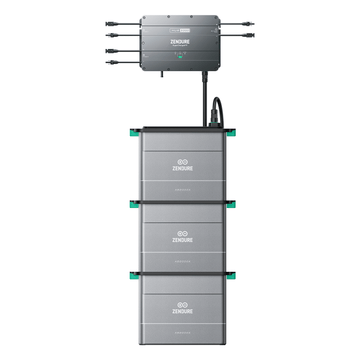
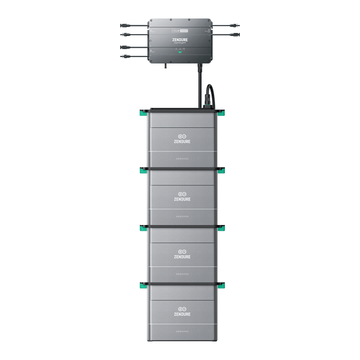
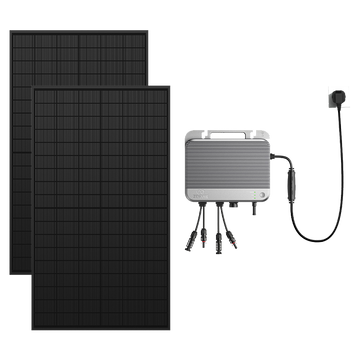
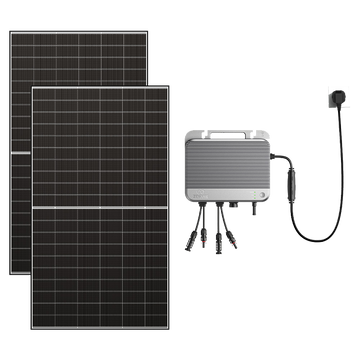
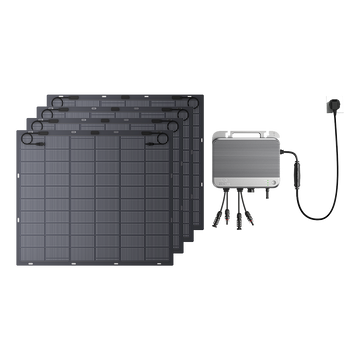


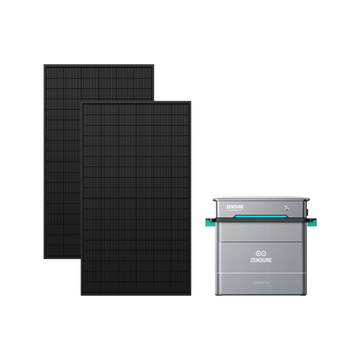
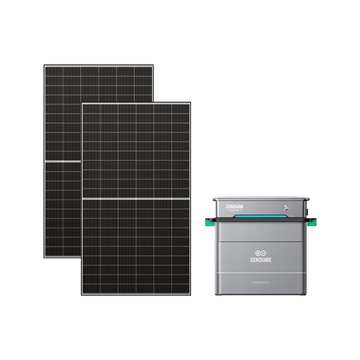
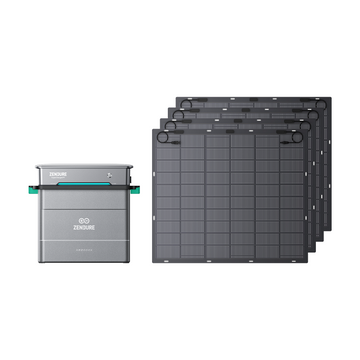
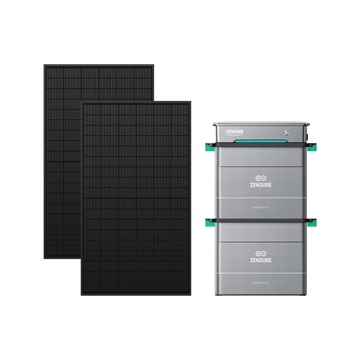
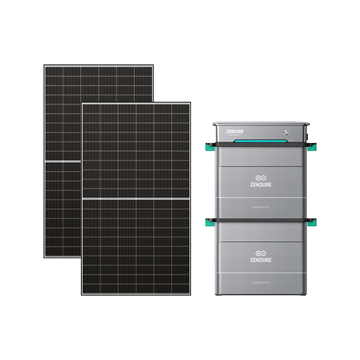
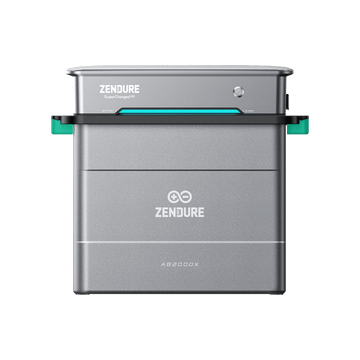
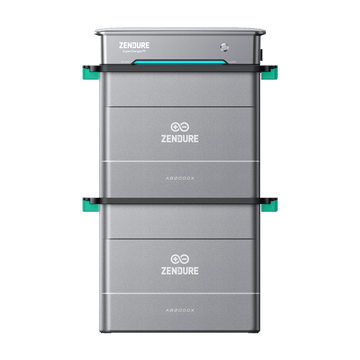
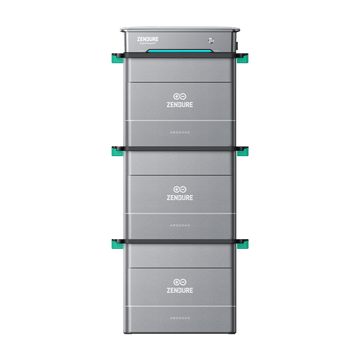
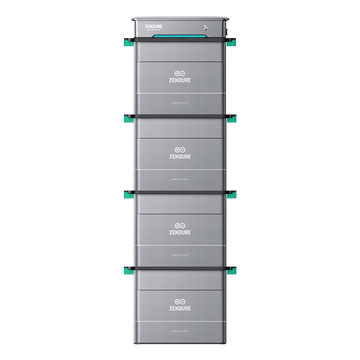
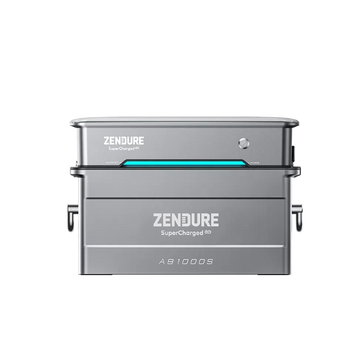
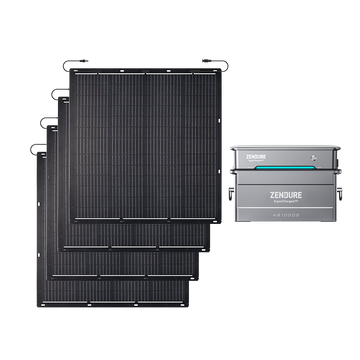
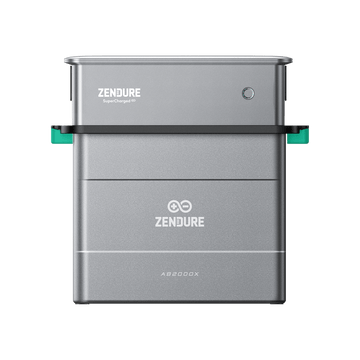
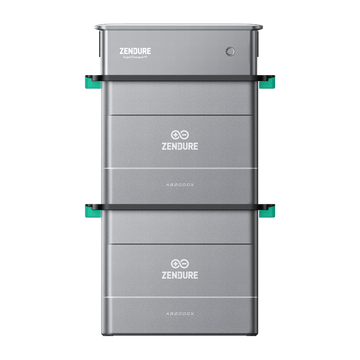
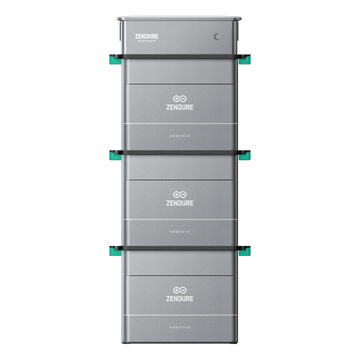
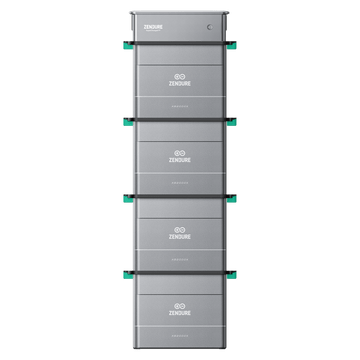
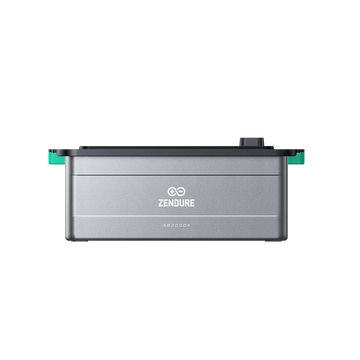
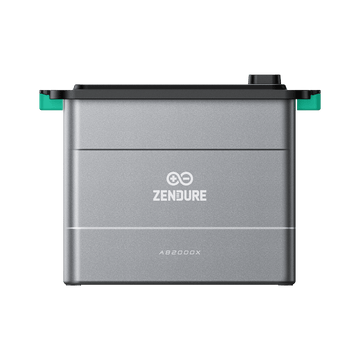
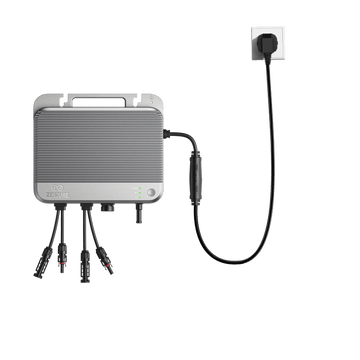
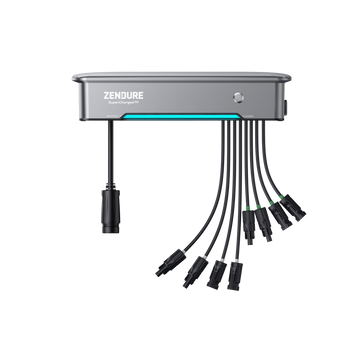
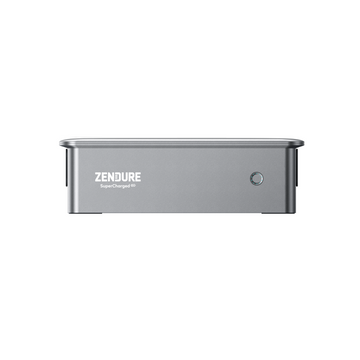
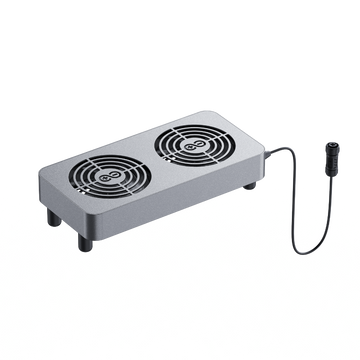
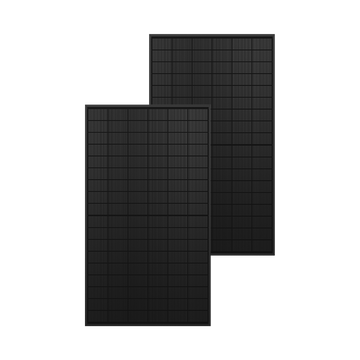


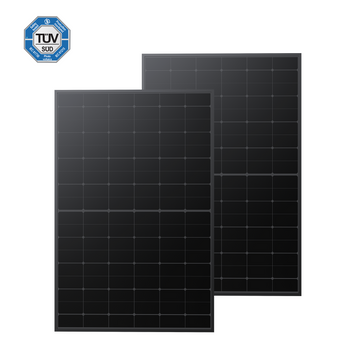
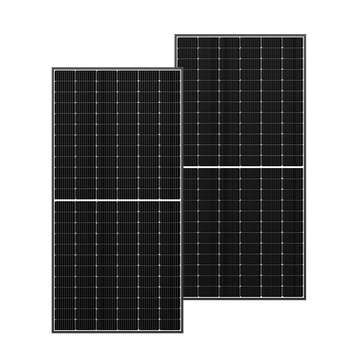

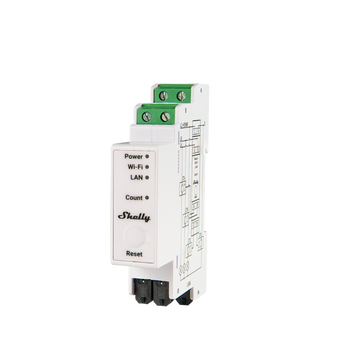

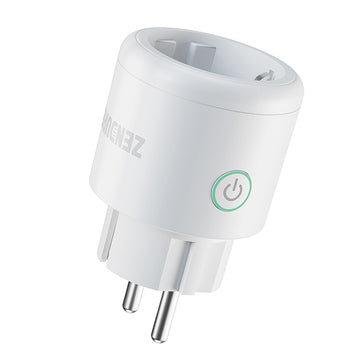
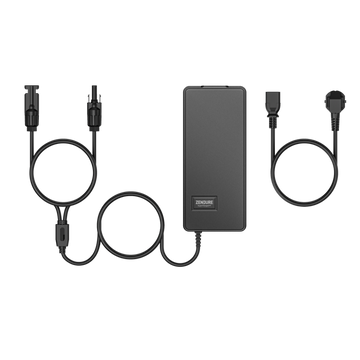
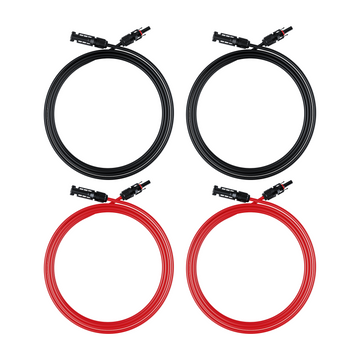
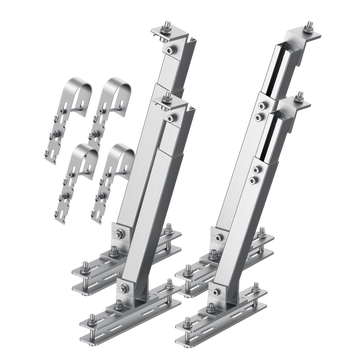
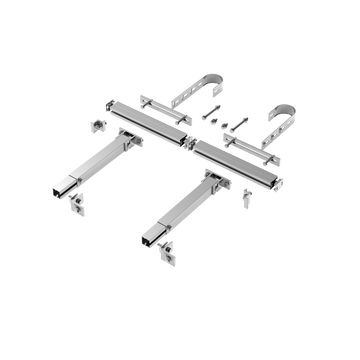
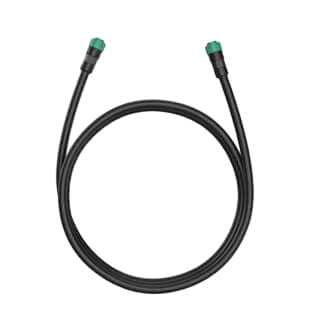
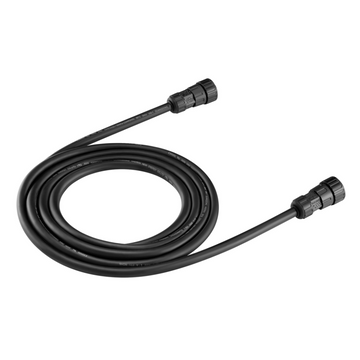
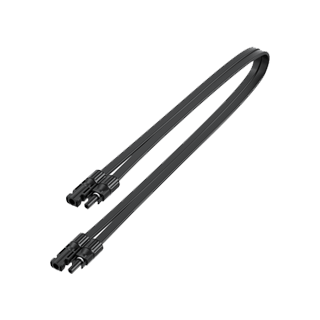
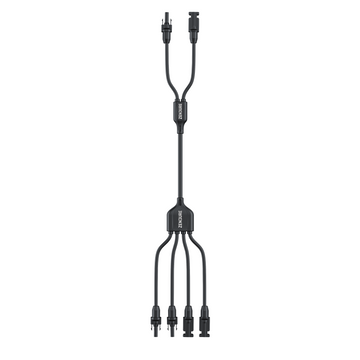
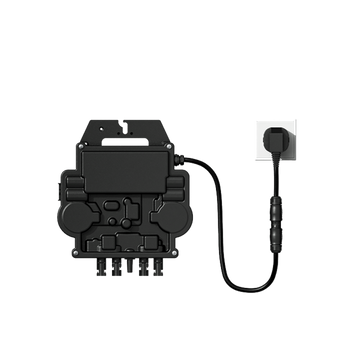















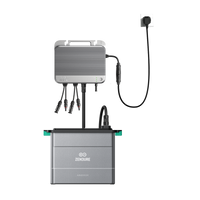
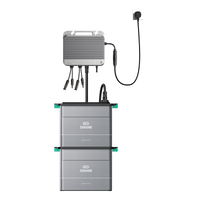
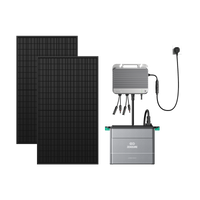
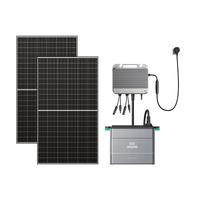

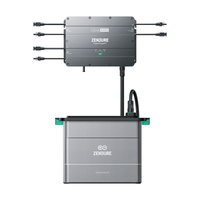
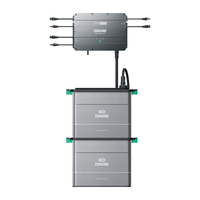
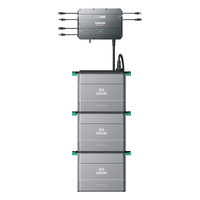
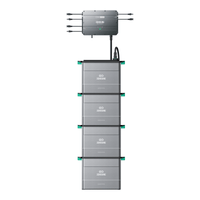

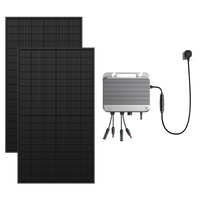
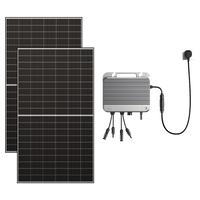
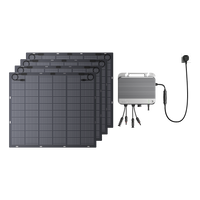



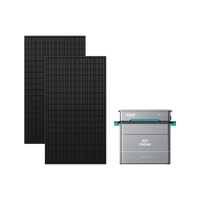
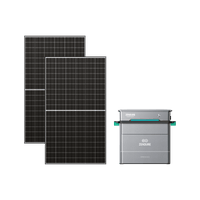
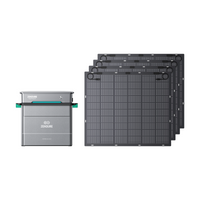
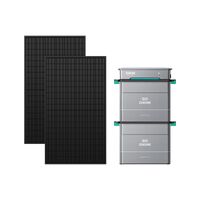
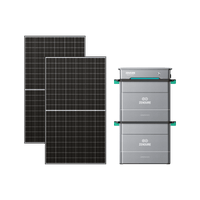

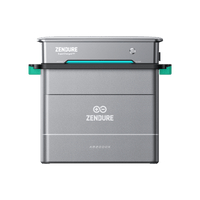
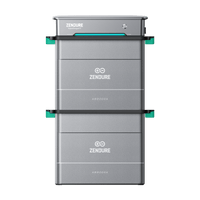
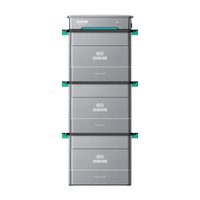
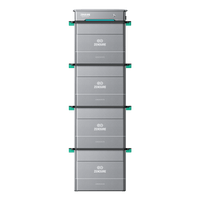

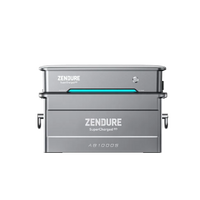
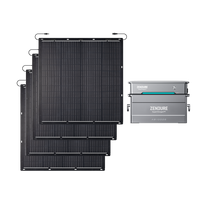

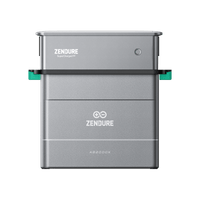
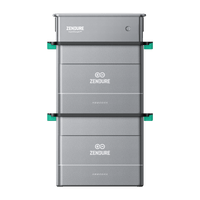
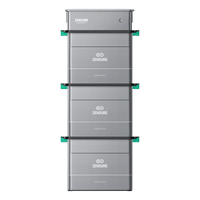
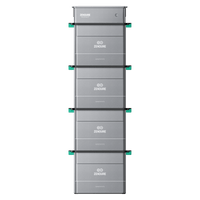

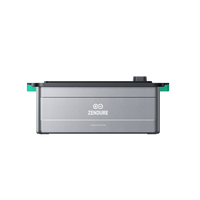
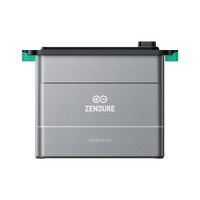
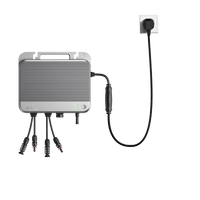
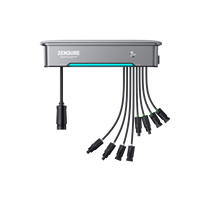
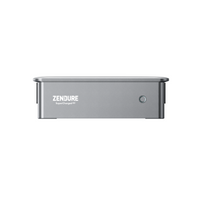
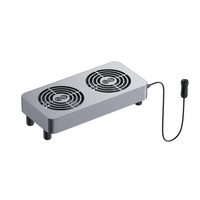
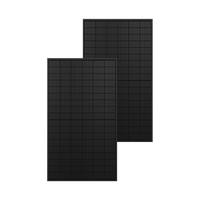


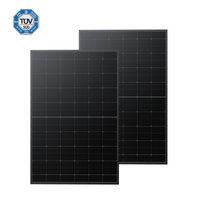
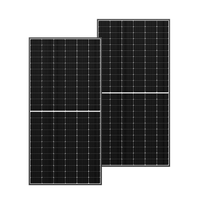

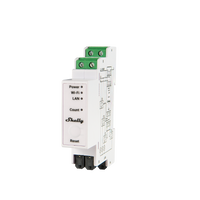

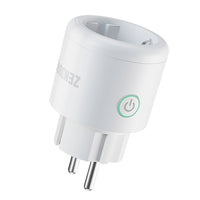
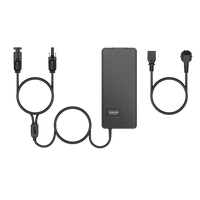
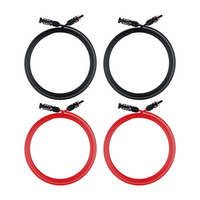
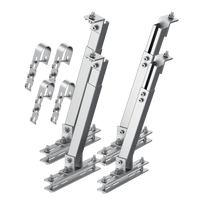
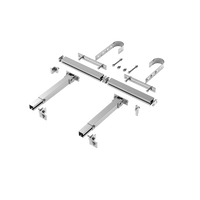
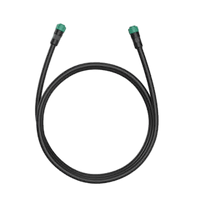
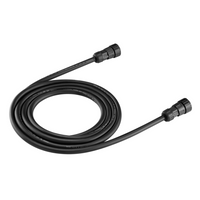
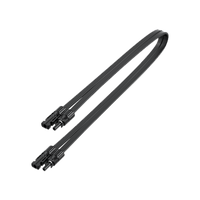
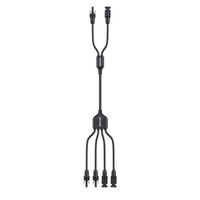
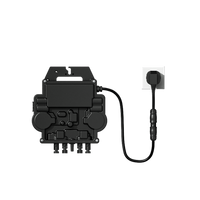




Leave a comment